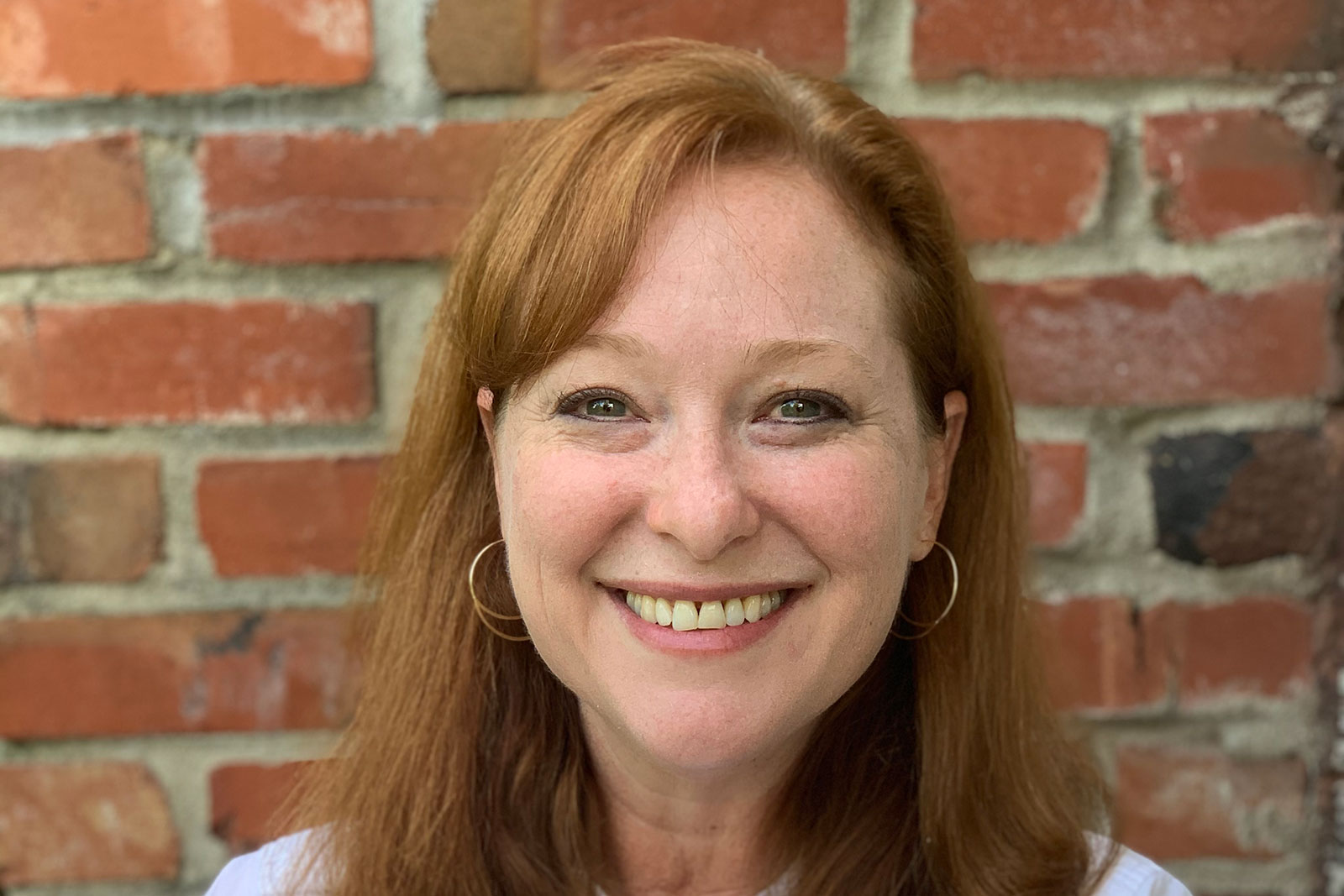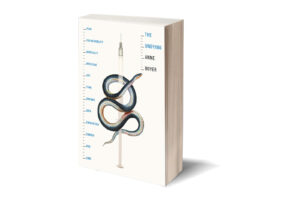I like to think of myself as a medical miracle. Between 2009 and 2017, I survived four cancers over eight years.
It started in summer 2009 on a weekend trip to the pool with my family, including my husband and two young children. My mother noticed a mole on my upper thigh and nagged me to get it checked. I rolled my eyes at her. She called the following week to see if I had made an appointment with a dermatologist—I had not. I succumbed to her nagging and made an appointment.
The dermatologist immediately wanted to biopsy the spot. A few days later, I got a call from the doctor personally, with the news that it was melanoma, over 1 millimeter large and ergo too big for Mohs surgery. It was made clear to me that this was a very fast-moving cancer and it was imperative to check if it had spread to the lymph nodes. If it had spread, I’d have maybe a year to live. If it had not spread, then no big deal.
This all happened over the course of six days. It was totally surreal. Live or die, the only two options. We got the call – clean margins, no spread to the lymph nodes. I stocked up on floppy hats, sunscreen and SPF 50 swim shirts for my family and tried to go back to “normal.”
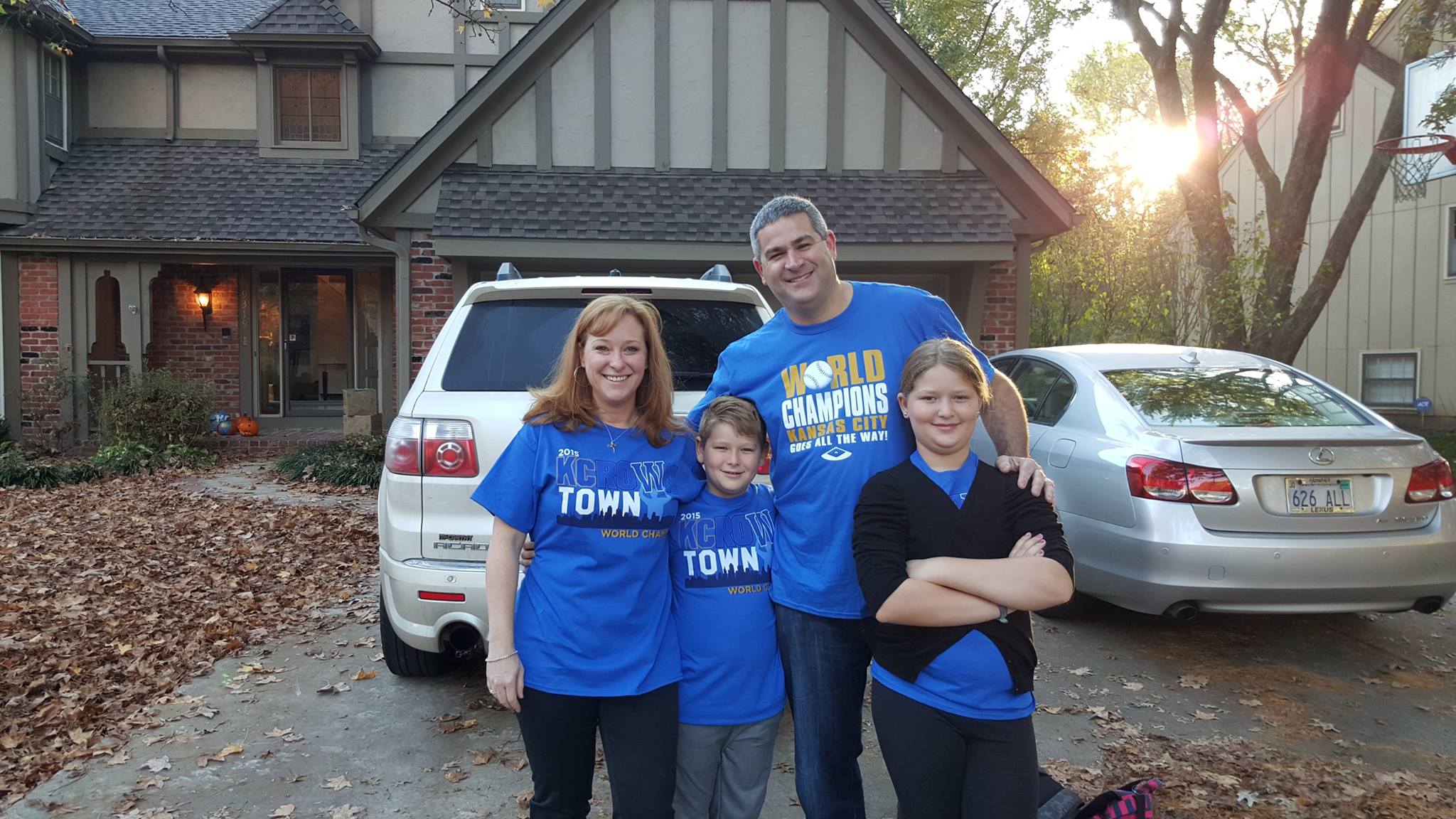
Eleven months later, I had an irregular mammogram requiring a biopsy. While the surgeon was probing the chest area, her hands started snaking up my neck. She noticed a small lump that was clearly bothering her and I was sent to radiology for an MRI. I got a “two-for-one” deal that time around—a breast AND neck biopsy. The same week the breast biopsy came back clear, we got the bad news that I had thyroid cancer.
After my experience with melanoma, I was shocked at the lack of urgency from the medical establishment. I was given a long and complex checklist that had to be completed before I could schedule the surgery that took weeks to complete. I was frantic. Where was the big rush to get the cancer out from the year before? The surgery was finally scheduled, childcare was in place and I was ready to get on with it.
I ended up in a teeny-tiny category with a very rare side effect from that surgery that occurs in less than 2 percent of patients. The surgery caused hypoparathyroidism, meaning my hypoparathyroid glands were struggling to produce calcium. This bought me a bonus two weeks in the hospital, where teams of doctors created a complicated drug cocktail that would regulate my calcium.
It ended up taking years of ER visits, trial and error with various doctors, drug combinations and a drastic change to my diet and nutrition to get back to feeling “healthy.” I started early morning runs. Over time, I went from a panting 1-mile run to long-distance 10-mile weekend runs with a close-knit group of girlfriends. I even completed a half-marathon in 2013. I was back, I was fine and my kids were fine. Life went on.

By 2015, I knew my dermatologist well. She saw me quarterly for five years after my melanoma, and many an errant freckle was removed during those visits. But in 2015, the spot on the bridge of my nose was problematic—basal cell carcinoma. While not life threatening, the placement on my face meant for a tricky removal and plastic surgery.
After meticulous research, I chose the doctor known in our community as being “great with faces” and agreed to a two-part surgery that would be terribly painful but give me the best odds of looking like myself. It was both painful and productive—to this day, my scar is barely noticeable, brilliantly placed along the shadow of my nose.
Three strikes, and you’re out, cancer! RIGHT?!
In 2017, I was diagnosed with breast cancer. I was angry, not panicked. I approached the surgery full of questions and skepticism. I asked for more data than any patient ever. I was going to control this cancer and take my time determining the ideal treatment plan. I chose my medical team based on the doctors willing to discuss options, medical outcomes, statistics focused on women under 50 and likelihood for recurrence. I agreed to a lumpectomy followed by radiation treatment. After all this experience and research, I was going to be a rockstar patient and fly through treatment and recovery like a boss.
Although the melanoma was by far my most potentially lethal cancer, and the plastic surgeries for the basal cell carcinoma were incredibly painful, the breast cancer experience and treatment were the absolute worst. Perhaps I was overconfident about my youth and ability to overcome it, or it is possible my fair skin was destined to react badly to radiation—it is impossible to know. Regardless, despite thinking I would knock out radiation and be able to continue working full time, leading Girl Scout troop meetings and running half-marathons, my body failed me and I was flabbergasted by my situation.
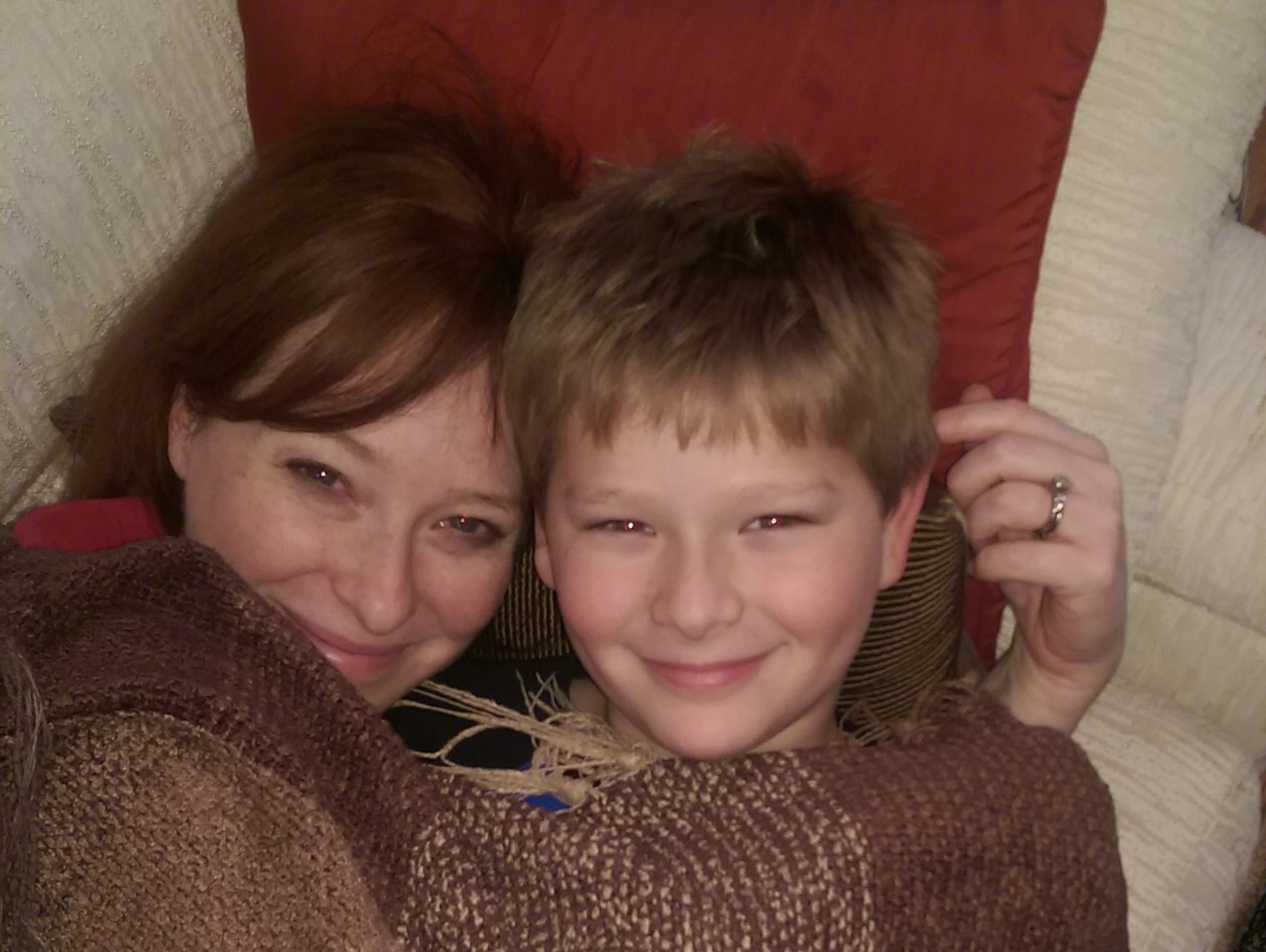
I noticed two issues while going through radiation. First, it was incredibly difficult to predict what tools I would need to go through and recover from radiation until I was in the middle of it, scrambling for bra alternatives, aluminum-free deodorant and burn salves. There was no central resource, website or retailer known for all this “stuff” and I found myself up late at night on Google and Amazon looking for solutions. Most of the cancer treatments and gifts online were pink-ribboned, cute, sassy T-shirts and mugs. But I wanted relief, not stuff.
The second issue was friends and neighbors wanting to do something to help, which turned out to be giving me food. While incredibly kind, well-meaning and appreciated, my husband and son are super picky eaters and would have preferred takeout. I also was not able to exercise and would have preferred lighter or lower-calorie fare.
The challenge with most cancer treatments is that warriors and their support circle often do not know what is needed throughout treatment until it’s needed right away. I wondered, where is the resource to proactively plan for treatment and recovery side effects? It didn’t exist.
The idea for the Balm Box started in 2017, but it wasn’t until 2020 that the moons aligned and gave me a quiet few months at home during the COVID-19 pandemic to flesh out the idea into a legitimate business plan. I started by sending out a survey to friends and family to validate the idea. The survey went viral and collected almost 600 responses.
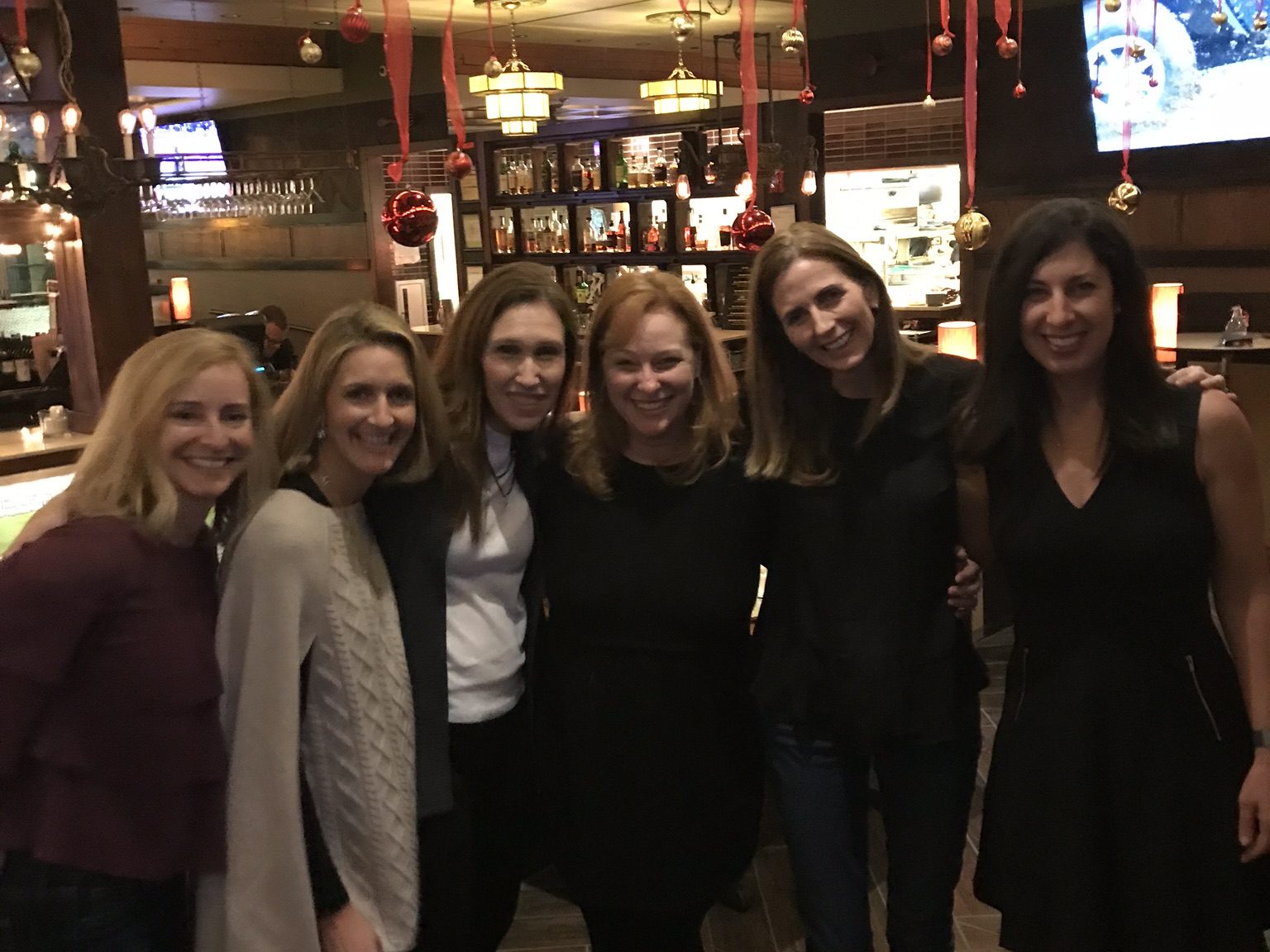
My market research revealed that I was most definitely NOT alone in my frustrations and there was a huge level of interest from both cancer patients and caregivers who were looking for functional self-care and gifting options. Their feedback was invaluable and, to this day, gives me great confidence in the curated products featured on our website.
A few weeks after finishing radiation treatments, my girlfriends threw me a “Finish Line” party. It was a magical night, filled with cocktails and cake and laughter. The evening was made even more special by friends who flew into town from New York and Los Angeles to attend. The cumulative trauma of the past eight years had caught up to me, and rather than simply “getting back to normal,” I am so very grateful that my friends and family gave me a moment to celebrate all I had overcome.
The “Finish Line” party was where the seed for Balm Box was planted. Maybe there is some crazy kismet in the universe; the years of cancer treatments leading me to the launch of something great. I certainly hope so.
Sometimes the finish line is actually the starting line.

